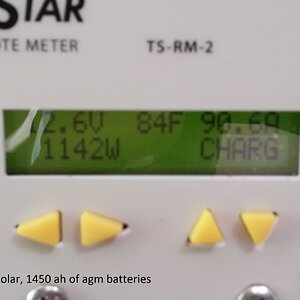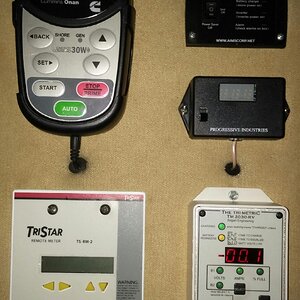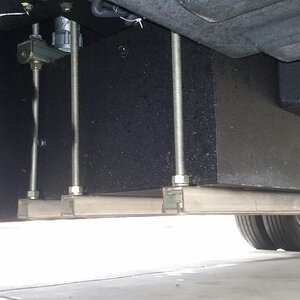Some random answers, while I am still learning:
* WAN connections are bonded. A weak player is ignored, as the packet is going to use the stronger path. This is per packet, which is genius.
WIth Per packet transmission, you can have a stream utilizing every connection you have, which is stiched together by the endpoints, being your Peplink and the Fusion on the other end. They don't care how they arrive, and they ensure the packets do arrive and in order.
This is very similar to how torrent works, with the exception of packet order being guaranteed.
All packets are sent utilizing an ensured delivery protocol, similar to TCP, and different than UDP. This means even UDP packets are guaranteed to transmit between endpoints, which is not typical. Allowing UDP packets to split paths is a unique feature of speedfusion.
I have TMobile, with 140MB bandwidth. Without speedfusion, my streaming is limited to 480P. With speedfusion, I get 4K streaming without glitch, and utilizing only TMobile.
* This is a VPN, which changes your source IP address.
* Another benefit -- I can switch my source to be Canada, and get different TV Shows on Netflix than when in the US.
By adding AT&T to my peplink, located in a MR5200 Hotspot and connected via 1Gbs Ethernet to the WAN port of my Peplink BR1 Pro 5G, I have 2 providers of 5G that are bonded in the single tunnel.
While driving, TMobile may go out or AT&T may go out, but my connection stays on as long as one of these providers is operational.
* Speeds vary as the providers speeds vary.
* When at the campground, I add a 3rd source of internet, the campground Wifi as Wan. That connection is added to the bond, increasing available bandwidth.
* I have observed the following speed. TMobile - 140Mb/s, AT&T 87Mb/s, Campground 12Mb/s. My client speed test shows 212Mb/s, and fast.com shows 212Mb/s.
****NOTE ON SPEEDTEST***
A new understanding of why speedtest.com vs fast.com show such different numbers. Many providers implement streaming savers, which reduce speed when streaming videos.
Speedtest.com acts like a web browser, downloading files or images.
Fast.com acts like Netflix -- streaming video.
Comparing these two is essential if you want to know what kind of network management is being implemented, as the first stage is limiting streaming.
With speedfusion, they 2 should report very close to identical.
Without speedfusion, I was getting 4.5Mbs from fast.com on T-Mobile, and 140Mb/s from speedtest.net. That shows how much limitation T-Mobile was doing on my connections.
**Regarding requirements:
You want a hosted server. I have VMWare farms throughout the US, so its easy for me. For the vast majority of you (everyone except
@Neal ), You would need to order a server preconfigured. This would cost you $5.00/month.
I will post a few howto's and details once I research this more.
To get the license, you have to go to Incontrol, and add a license. It is free, but limited to 1 connection per server. I have 10 Fusion servers spaced in major cities. The thought process is I would connect to the city geographically closest to me, as that will reduce latency. There is no charge for this, but only 1 peer can connect at a time.
So what if you have 2 Peplinks?
The answer is -- setup 2 servers, or stack your peplinks. Have the 2nd one feed your primary via the ethernet WAN, and show up as an additional provider.
That is all I have so far, still doing a lot of work to understand. Feel free to ask more.












